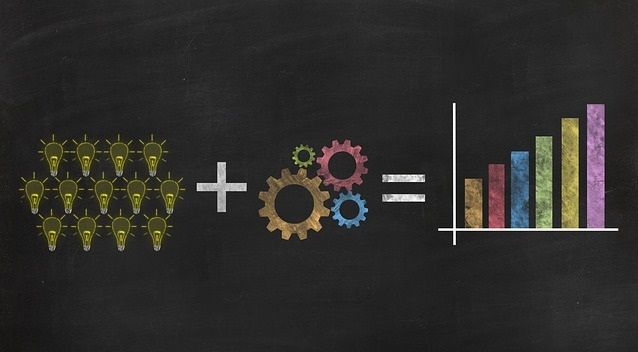Creating intellectual property in Latin America is expensive and time-consuming
Latin America has grown in industrial terms, but its scientific and technological contribution has led to a fall in patents and other intellectual property.

According to the most recent report of the World Intellectual Property Organization (WIPO), Latin American countries lack adequate policies to motivate their productive sectors to increase their global contribution in this area.
Latin America has grown considerably in industrial terms, but its scientific and technological contribution has led to a considerable fall in patents and other intellectual property (IP) variants by businesspeople and universities, mainly due to the lack of political strategies, simplification, and clarity in the procedures to shield the intellectual production.
This is reported by the World Intellectual Property Organization (WIPO) in its most recent report entitled: "World Intellectual Property Indicators 2018" that was presented last December.
The report of the organism emphasizes that unlike other regions of the planet, having as reference nations of Asia, North America, and Europe, in Latin countries they lack protection follow-up strategies, the procedures are difficult, delayed, and very expensive, which prevents that the different economic sectors are motivated to increase their participation in terms of patent generation, innovation in processes, designs, and prototypes, to name a few.
But this is not all, the few who dare to prosecute themselves in the stormy path of the process to shield their innovations, suffer the consequences of the inadequate political structure that prevails in most countries of the bloc.
Data from WIPO show that in 2017, 3.17 million patent applications were filed worldwide, 5.8% more than in 2016. Of these, 65.1% came from Asia, while Latin America and the Caribbean, Oceania, and Africa combined they barely added 3.4%.
Meanwhile, during 2007 in Latin America and the Caribbean, 58,100 patents were requested (3.1% of the total). For 2017, the amount reached only 17,400 applications (1.8%).
As the statistics point out, these conditions stifle the concerns of companies, research organizations, universities, and private entrepreneurs to strive to innovate, as acknowledged by Marco Alemán, director of the Patent Division of WIPO, who states that currently, Latin America requires a thorough restructuring of its innovation policies.
Although patents do not represent the level of industrial and technological productivity of a country, they can be taken as a reference factor to position the status of a country for its internal policies associated with science and technology.
To those larger nations, both demographically and industrially, such as Brazil, Mexico, Chile, or Argentina, the intellectual property figures continue to be worrying and notoriously detrimental. It is not that the figures in the region have fallen much (about a thousand patents less), what happens is that other regions, such as Asia, increased significantly.
Time is a predominant factor in Latin America
For the time it takes on average the resolutions of patent assignment and session of rights of other intellectual property derivatives in Latin American countries, the WIPO report indicates that it is extremely long, creating another factor to discourage interested parties from submitting applications. patent.
In Brazil, for example, completing the patent application process can take up to 8 years, more than 6 years than it takes in China and Europe (where the process takes 2 years regularly), while in Russia the process only takes 9 months.
In data from the National Institute of Industrial Property of Brazil, a total of 25,000 patent applications were registered, mostly from abroad, of which 5,450 registrations were granted. Of these, 700 were for companies, universities, or national innovators. This was the same case for Mexico, which in 2017 granted 8,510 patents, all of them arming themselves with great patience to wait for their resolution around 3 years.
In the case of Ecuador and Colombia, the growth of intellectual activity grew rapidly, with 11.5% and 7.7% respectively, however, the bad news is that most of these requests were made by foreigners residing in the country.
The data also show that Brazil, Mexico, and Argentina are the three countries that account for almost 90% of Latin American research, however, in the recent decade they have experienced significant falls in their investment in science and technology: Brazil (2%), Mexico (3%) and Argentina (10%), which together with the robust and complex procedures, have become a wall for those who wish to innovate.




